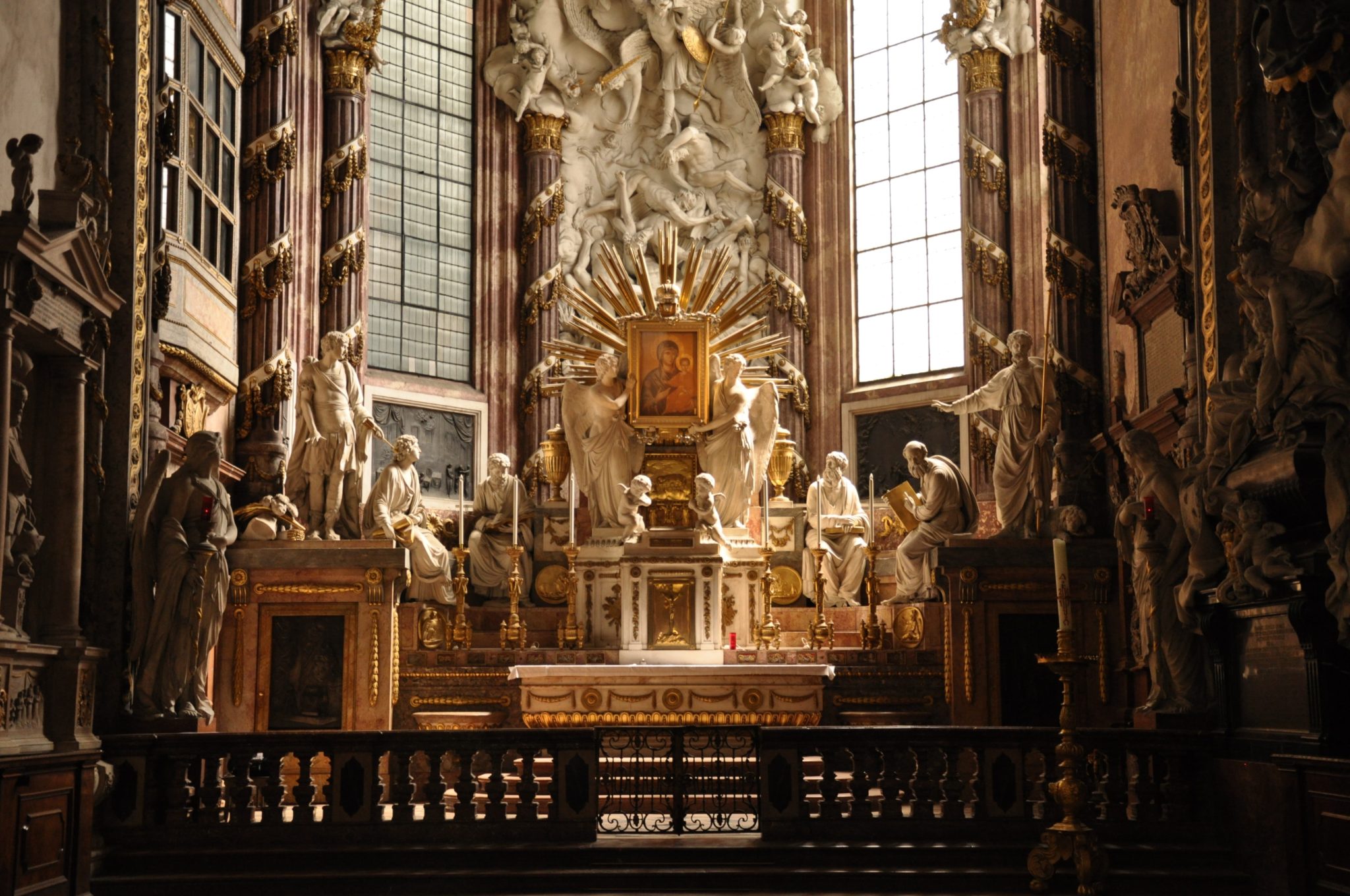
Photo courtesy of June O/Unsplash
In the summer of 2019, the Preston Hollow Presbyterian Church Choir offered a series of concerts throughout some of Europe’s beautiful cathedrals. I had the great honor to join them for part of their journey and the privilege to preach at St. Giles’ Cathedral in Edinburgh, Scotland, the morning before their evening concert. St. Giles’ is important for Presbyterians because it was the reformer John Knox’s home Kirk (church) and is the “High Kirk of Scotland.”
Following worship, I remarked to Calum Macleod, the church’s minister, how powerful worship had been, especially communion. He shared it was a common experience for those worship-ing at St. Giles’ for the first time, and he was grateful I had come to encounter the Holy in a palpable way that morning. I then asked about the communion table and its orientation in the center of the nave. I was curious because most cathedrals orient the worship space facing the chancel. After purchasing the marble communion table some years back, they reoriented the entire worship space.
I asked Calum about the table; it appeared to be a solid piece of marble and, thus, incredibly heavy! I wondered how they even got it in the space. He chuckled and said, “Well, we had to build a railroad track down the street and into the Kirk, right up to the raised platform to get the table in here!” I was in awe. He continued, “We covered the raised platform in ice so we could slide the solid piece of marble into place. Once we got it in the exact spot, the ice melted, and the table settled into its place.”
I exclaimed, “That is remarkable!”
He replied, “It’s even more remarkable if you know where that piece of marble came from.”
“Where?” I asked curiously.
“It is a piece of the scraps from Michelangelo’s carving of David.”
His words took my breath away. I then said, “Wait, what? Wasn’t the piece of marble that David was carved from deemed a scrap, unworthy of carving?”
Calum replied simply, “Yes.”
“So, you are telling me the communion table is a scrap of a piece of scrap that was deemed unworthy?”
A slight grin appeared, and Calum said, “That’s right.”
I stood in awe of it all.
My friends, no part of you is a scrap to God. For God looks upon all parts of your life and who you are and sees only blessing, wholeness, and new life. May you stand in awe of that good news and come to know it to be true.






